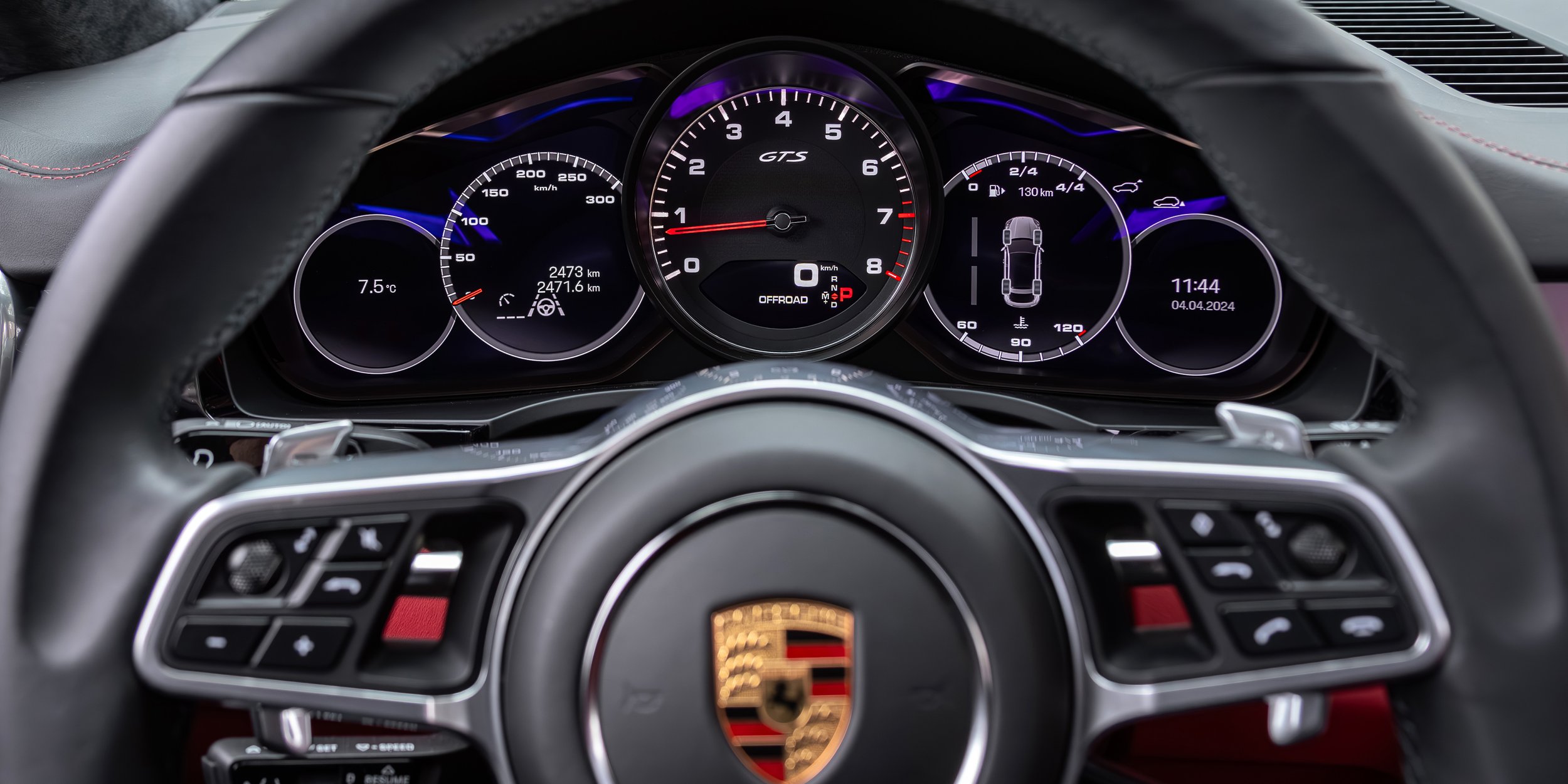Gaining Advantage Through Focus and Differentiation
Growth is a drug, and companies become addicted to:
1. Preserving the gains they’ve achieved
2. Finding ways to claw further up the ladder in terms of market share
But sustaining profitable growth over the long-term is challenging in both product and service markets. Why? Because, over the long-term, markets move towards commoditization as the “best” products and services gain traction and individual competitors do their best to mimic the clear front-runners. As they look to shake off stagnation or actual declines in their share, companies face two choices. The first is competing on price. That’s a losing battle as it causes company- and, often, industry-level economics to deteriorate. The second is pursuit of additional clear points of differentiation. That’s a much healthier choice, and can be done in three key ways:
1. Tangible differentiation (observable characteristics, such as functionality)
2. Intangible differentiation (unobservable characteristics such as social, emotional, or aesthetic considerations)
3. Customer experience and relationship beyond core product (shopping experience, customer loyalty, etc.)
Most companies focus on tangible differentiation. This is accomplished through innovation at a product- or service-level and beyond. There are substantial opportunities to engage customers in a way that reinforces and builds on the real and perceived benefit of their products and services across the full customer lifecycle.
Most companies focus on tangible differentiation. This is accomplished through innovation at a product- or service-level and beyond (e.g., channel and packaging innovation). But acted on alone or inconsistently, this source of advantage tends to be fleeting because of the me-too nature of markets (of course we’re discounting the value of IP a bit here). So tangible differentiation isn’t an end-state, it’s more of a perpetual cycle.
In contrast, intangible differentiation and customer experience tend to be much more difficult to replicate. It’s easiest to think about intangible differentiation as the “aura” that surrounds your product or service and how that makes customers feel. Things like exclusivity, individuality and image come to mind. And customer experience -- it ties everything together, as we believe customer experience in the absence of either or both of the other sources of differentiation is of limited value. Said differently, there are substantial opportunities to engage customers in a way that reinforces and builds on the real and perceived benefit of their products and services across the full customer lifecycle – awareness, trial, consideration, adoption, loyalty and advocacy.
The best-in-class use all three sources of differentiation in a systematic way to create clear, compelling reasons for their customers to choose them over the competition. As an example, let’s take a quick look at two major car brands: Porsche and Volvo. Obviously, except for the small fraction of drivers who track their cars, both brands simply produce products that transport customers from point A to point B. So why then can Porsche charge such a price premium for its products? One that can’t be explained by performance advantages alone -- Porsche builds on its performance advantage through “aura” (e.g., the badge, iconic design, nearly limitless customizability, intake noise amplification, etc.) as well as experience (e.g., pre- and post-sales support, dealership comfort, professionalism of sales representatives, etc.) that play to its target customers’ needs.
It may seem like we’re arguing that Porsche beats Volvo on every measure of market leadership. We’re not. Porsche has simply chosen to play a very different game and they’ve built a system that’s exceptional at playing that game. If you challenge yourself to think about Volvo, you would see them doing the same for their chosen segments. This is simply an example of two car brands selecting different market positions (i.e., differentiating from one another) and both excelling at their chosen focus.
Are you wondering what your business could do to drive differentiation in your chosen segments? We’d recommend starting by assessing the sources of value available within your market, paying special attention to the often-overlooked intangible and experience-based opportunities available.
Contact us to learn more.


